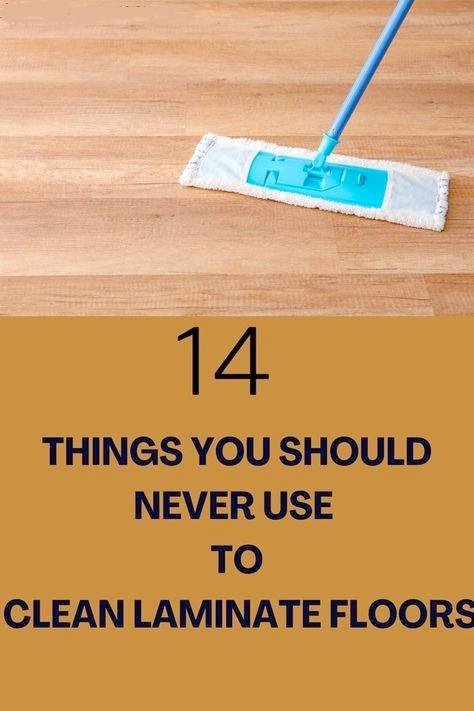ADVERTISEMENT
Why to avoid:
Acetone is a strong solvent that can strip the top layer of laminate flooring, leaving it exposed to further damage.
Alternative:
If you spill nail polish or other tough stains on your laminate floor, clean it up quickly with a mild cleaner and a soft cloth.
11. Harsh Scrapers or Knives
When you encounter sticky spots or stubborn residue on your laminate floor, it’s tempting to scrape it off with a knife or sharp object, but doing so can seriously damage the surface.
Why to avoid:
Using sharp objects to scrape sticky residue can scratch and gouge the laminate floor, leaving permanent marks or divots.
Alternative:
Use a plastic scraper or a damp microfiber cloth to gently remove debris without causing damage.
12. Window Cleaners
Window cleaners like Windex often contain ingredients like ammonia or alcohol, both of which can damage laminate floors over time.
Why to avoid:
The chemicals in window cleaners can cause the laminate to become discolored or stripped of its finish, leading to an unattractive, worn appearance.
Alternative:
Use a pH-balanced cleaner specifically made for laminate floors to safely clean them without the risk of damage.
13. Baking Soda
While baking soda is an excellent cleaner for many surfaces, it’s too abrasive for laminate floors. Baking soda can scratch the floor’s surface, especially if used in paste form or when rubbed too vigorously.
Why to avoid:
The gritty texture of baking soda can leave behind fine scratches that accumulate over time and make your floor look dull.
Alternative:
Use a mild cleaner or diluted dish soap and water solution to clean laminate floors without the risk of scratching.
14. Wet Mop or Wet Cloth
While it’s tempting to use a wet mop for cleaning laminate floors, it’s best to avoid using too much water. Excess moisture can seep into seams, causing the laminate to expand or warp.
Why to avoid:
Water can ruin laminate floors if not applied carefully, causing them to swell, buckle, or stain.
Alternative:
Use a damp mop that’s just lightly wet to prevent excess water from sitting on the surface of the floor.
Conclusion
Maintaining the beauty and longevity of your laminate floors requires the right cleaning techniques. By avoiding the common cleaning mistakes listed above—such as using harsh chemicals, abrasive materials, and excessive water—you can protect your floors from damage and keep them looking pristine for years to come.
Always opt for products and methods that are designed specifically for laminate floors, and remember to use gentle, non-abrasive cleaning tools. With these tips, your laminate floors will remain shiny, clean, and in great condition for the long haul.
ADVERTISEMENT
